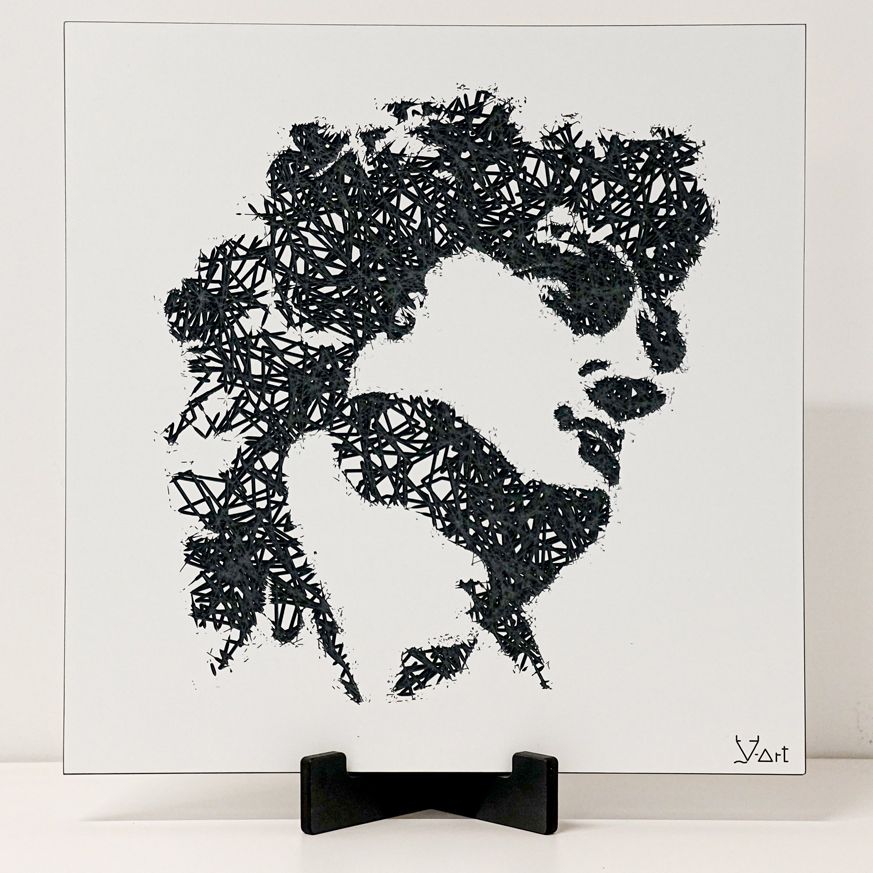
The Artistic Potential of VittER
VittER, the revolutionary paper-based laminate by Filippi 1971, is expanding their range of uses into a vast horizon of aesthetic potential.
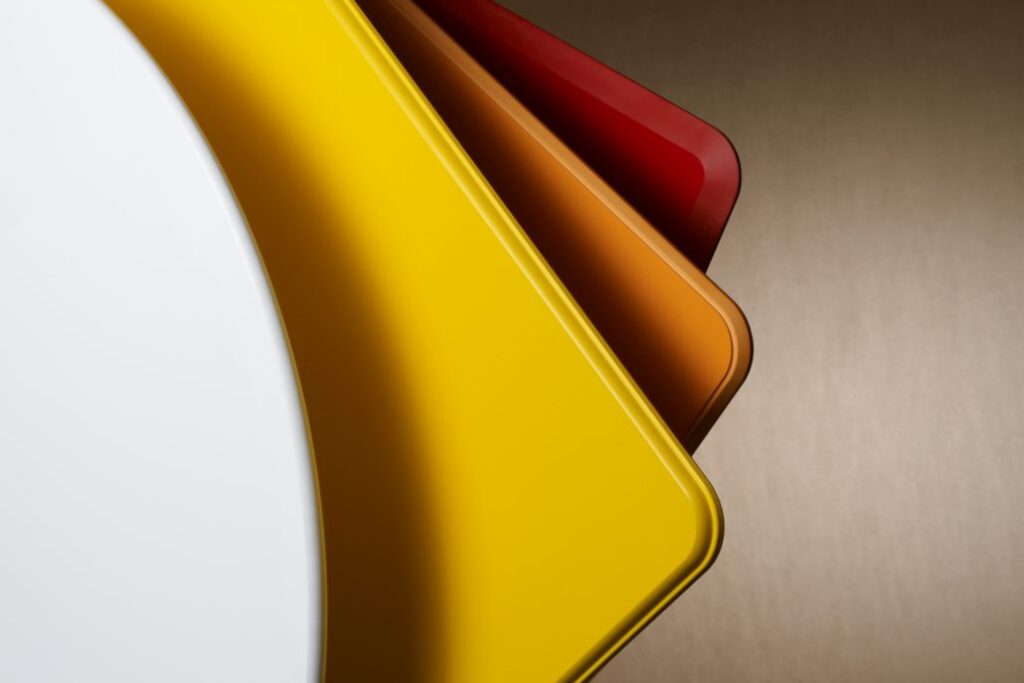
Perhaps best known for POP, a dynamic and hyper-colored collection of freestanding furniture, VittER has recently made a foray into art. And not just any art, but algorithmic, computer-generated work that harnesses cutting-edge AI technology.
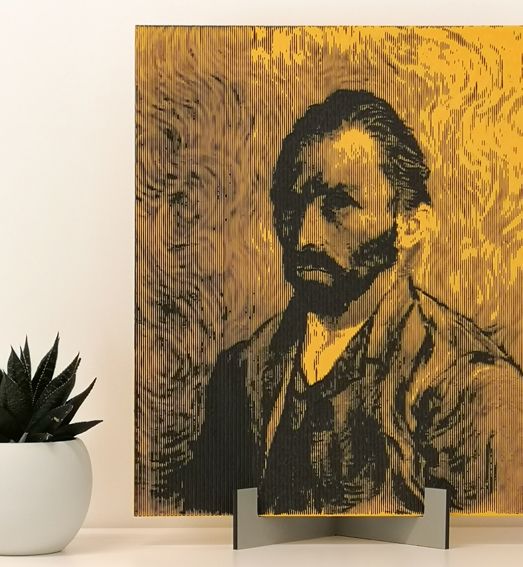
The brain child of IT Developer and Generative Artist Matteo Pelligrini, V-Art is an investigation into how information technology and advancements in AI may influence the creation of art.
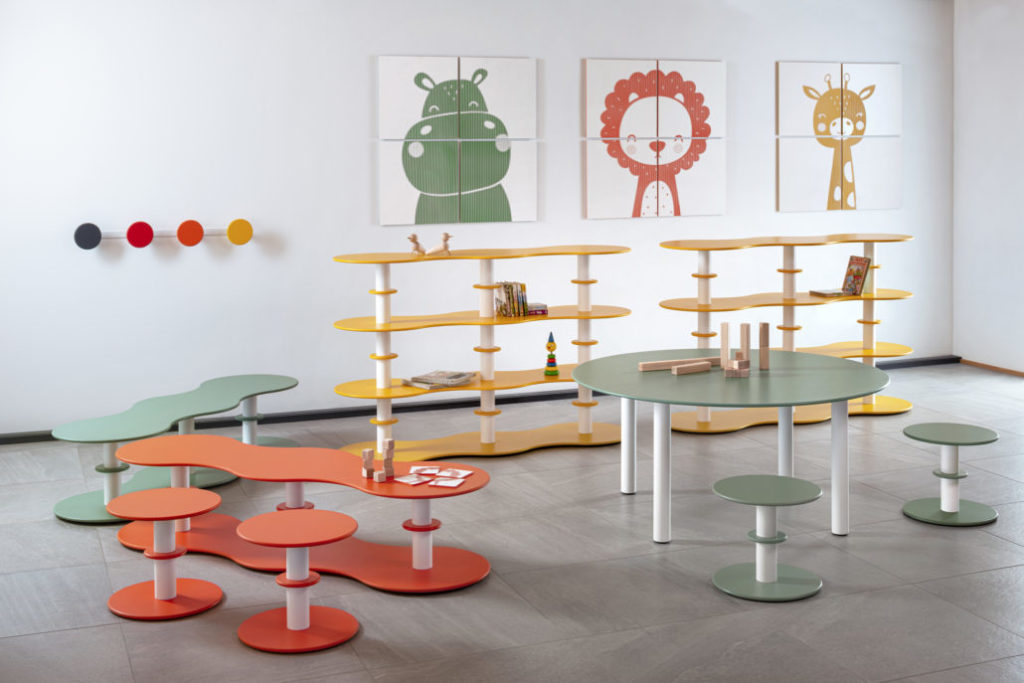
The POP Collection flanked by three pictures made with V-Art
The process is similar to 3-D printing. Digital engraving machines are programmed to create etchings along horizontal, vertical, and oblique axes, “the laminate is removed with millimetric precision at different depths and widths, bringing out the color of the underlying layers and thus generating the desired figure.”

Since the panels are quite thick, there is no “wear-layer” typical of conventional laminate. Accordingly, V-Art is rich with color throughout the entire surface of the material, creating opportunities for chromatic experimentation and the presentation of a solid material with innovative three-dimensional expression.
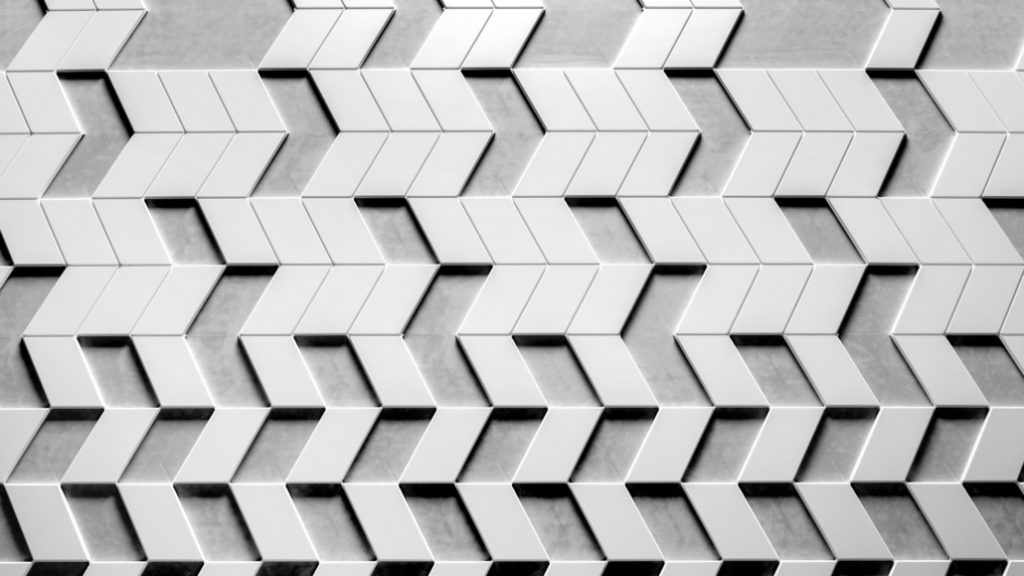
In addition to V-Art, VittER’s applications include both vertical and horizontal surfaces and freestanding furniture: countertops, splashbacks, tabletops, partitions, bookcases, desks, shower walls, and decorative panels. VittEr is also formaldehyde-free, recyclable, renewable, and eco-sustainable: the cellulose-based papers are sourced from an FSC-certified supply chain—no resins, additional glues, or plastic derivatives.
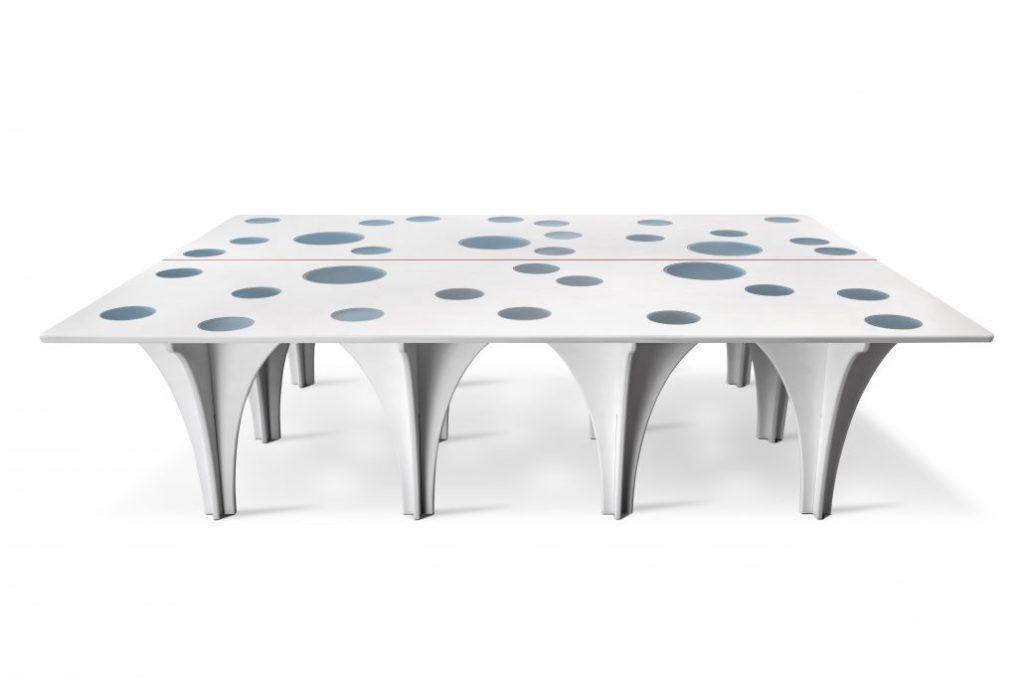
Find out more at VittER.
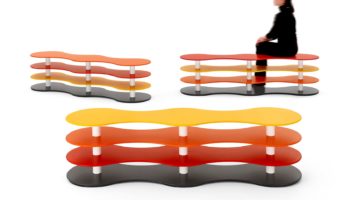
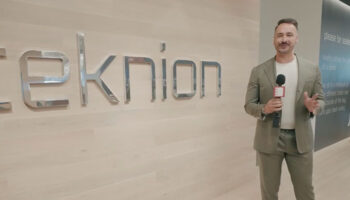
Leave a Reply